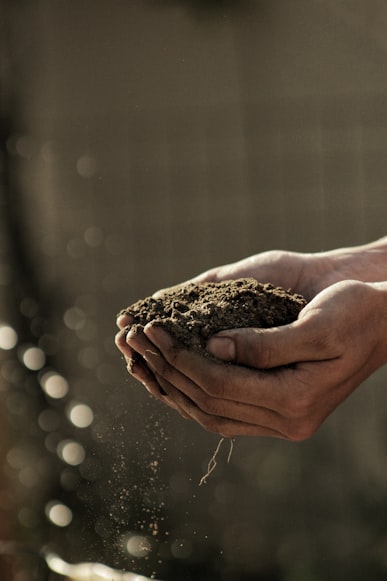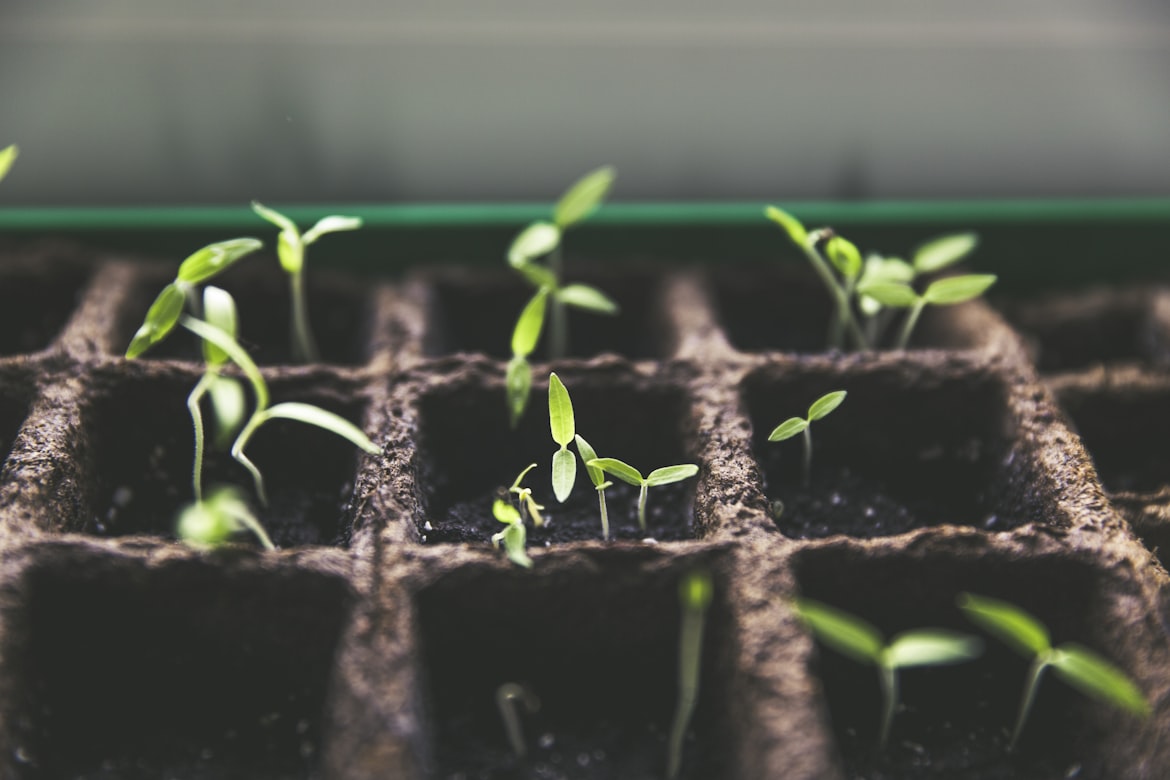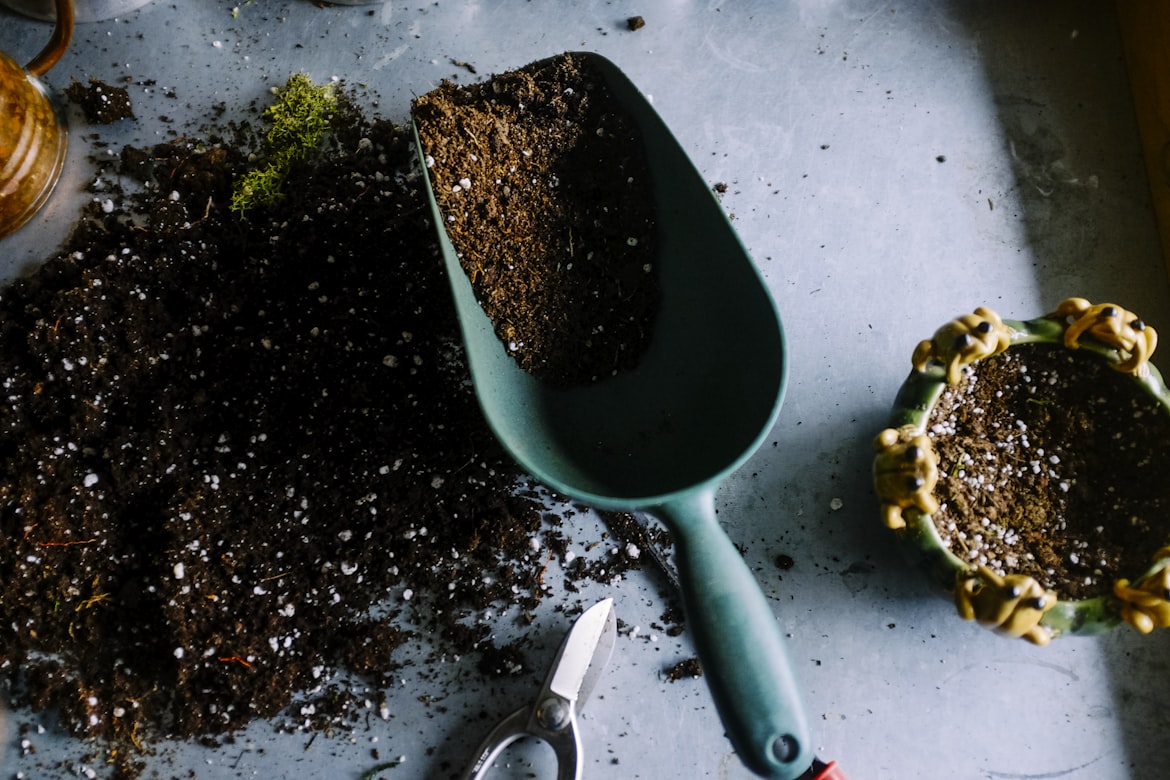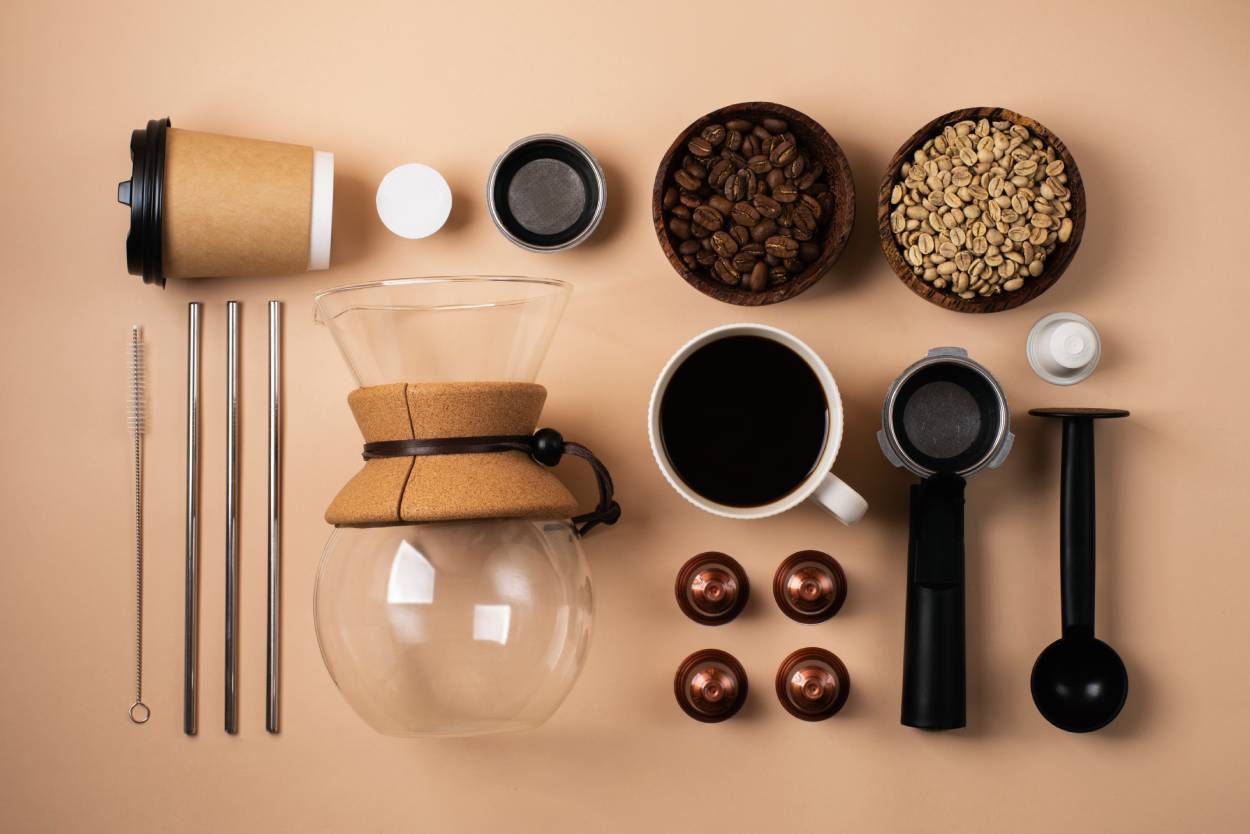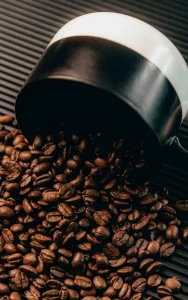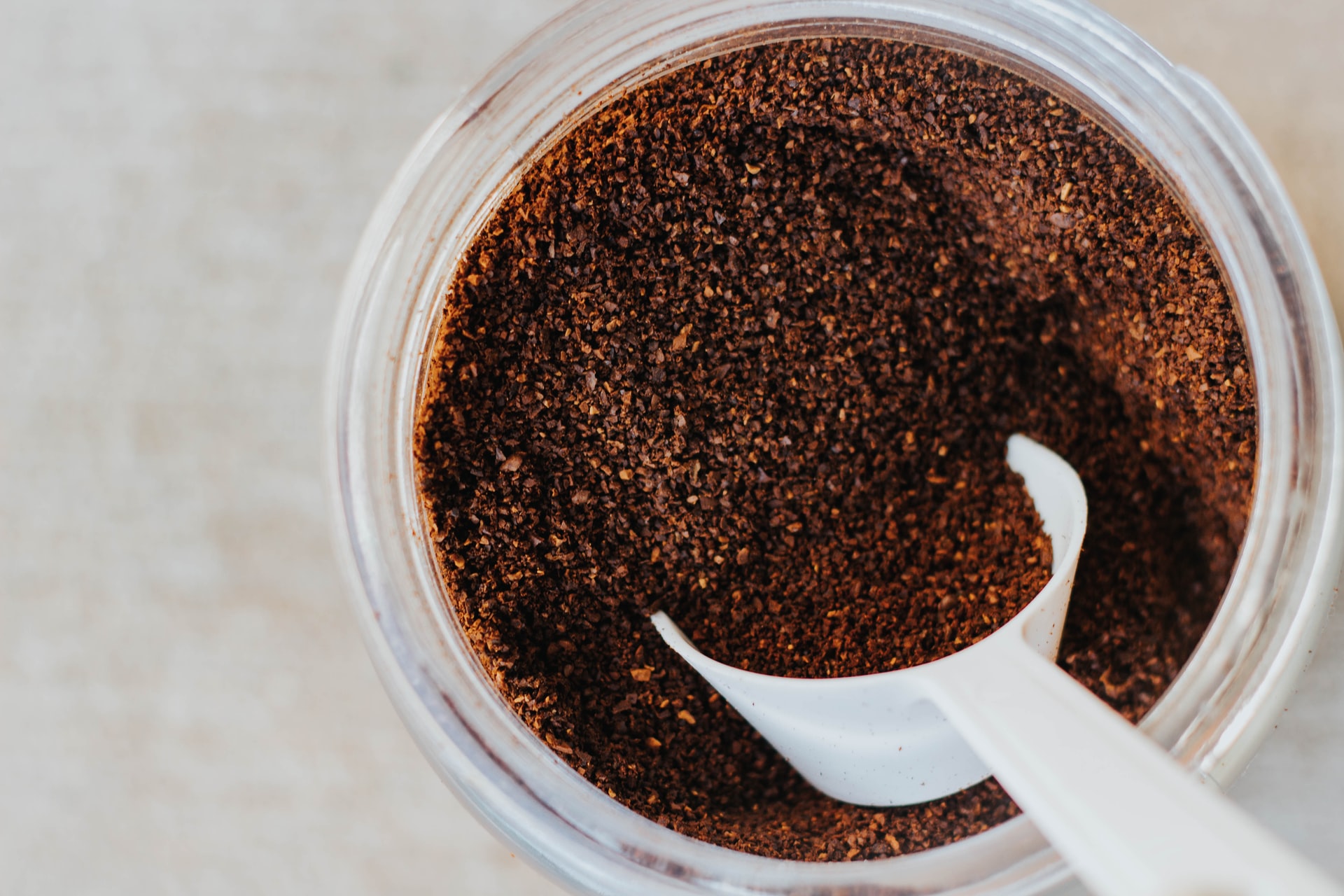
How to Use Leftover Coffee for Plants?
How to Use Leftover Coffee for Plants?
- Sophia Williams
- 05-02-2022
- 05-02-2022
- 2145 views
- Coffee Beans, Coffee Tips, Featured, How To's, Information

Coffee grounds are not just for your morning cup of coffee! They are also a great, cheap way to fertilize plants – and leftover coffee is a perfect candidate for this.
Coffee can be used to fertilize most types of edible plants. It works great for fruit trees and shrubs, herbs, vegetables, and even houseplants. Make sure you only use coffee from places that will compost their coffee grounds, as this won’t work with coffee from places that dump the grounds in the garbage.
Following are some ways you can use leftover coffee for plants:
1. Add Them Directly to Soil
You can simply dig a hole in your yard or garden (or a pot on your porch) and fill it with coffee grounds. The grounds will gradually break down as it mixes with soil microbes and provides nutrients over time.
2. Use Them as Dressing for Seedlings
When growing seedlings indoors, you want to ensure that they receive the proper nourishment from the get-go. Adding coffee grounds directly onto the root system will help ensure that your little green babies receive all the nutrition.
3. Coffee Makes an Excellent Food for Worms
Coffee grounds can be added to your worm bin every few weeks. Worms love coffee grounds! Don’t add too many at once, though; their acidity can be harmful to worms.
A cup or more of coffee grounds per week is recommended for a worm bin. Along with using the grounds in your worm bin, earthworms in your soil will also be drawn to your garden when you apply them as fertilizer.
4. Coffee Grounds as Fertilizer
Coffee grounds are rich in nitrogen, potassium, and phosphorus—all nutrients that plants need to grow strong and healthy. One 12-ounce cup (about 340 grams) of coffee grounds provides about 5 grams of nitrogen, 2 grams of phosphorus, and 2 grams of potassium.
The best thing is that when you use coffee as fertilizer, it won’t burn your plants as some other fertilizers will! Coffee has a mild acidity level which means it’s a good choice if you’re growing plants either in containers or in your garden where they’re sensitive to overwatering or over-fertilizing.
5. Composting with Coffee
When we talk about compost, we often focus on the brown materials: dried leaves, fall leaves, and shredded newspaper. But what about green material? Green material is anything that is rich in nitrogen. To be honest, most people don’t think of their coffee grounds as compost material.
The same way you drink your morning cup of Joe and enjoy the fresh, earthy smell of your morning brew, you can also go outside and find warm earthy smells wafting from your compost pile when you add coffee grinds to it!
Coffee grounds are approximately 1.45% nitrogen. In addition, they also consist of potassium, magnesium, calcium, and other trace minerals.
6. No More Pests
Snails and slugs are notorious for devouring plants in gardens. They can leave your petunias looking like they’ve been attacked by tiny aliens. One way to keep these pests from eating your garden to the ground is to create a barrier around the plants. Coffee grounds provide a protective barrier around vulnerable plants to repel slugs.
Unfortunately, some researchers have proven that coffee grounds are ineffective in deterring slugs and snails. If you want to test out this theory, be warned that many cats dislike the smell of coffee grounds and may avoid using your garden as a litter box if you combine your coffee grounds into the soil.
Which Plants like Coffee Grounds?
There are a number of essential nutrients in coffee grounds that contribute to a healthy diet, including nitrogen, potassium, and phosphorus alongside micronutrients. Each batch of coffee grounds is different, but they all contain these essential nutrients.
Coffee grounds can be used as a mulch to improve soil quality in some plants, such as carrots, azaleas, camellias, hydrangeas, and roses. However, they are not a good choice for tomatoes.
This is how leftover coffee grounds work for different types of plants that you might have in your home:
1. Coffee Grounds for Hydrangeas
It turns out that hydrangeas will definitely get a bloom boost from your recycled coffee grounds. Hydrangeas love coffee as it makes the soil more acidic and is packed with nitrogen.
Essentially, coffee is a fruit, so think about the nutrients that the soil will have: the nutrients that would have come from fallen apples, berries, or other fruits. Just be sure to mix well with the dirt; you don’t want any clumps!
2. Coffee Grounds for Grass
The key to making your grass grow longer and greener is to add more nitrogen to the soil. Coffee grounds are great for this because they provide a natural source of nitrogen that’s easy for plants to absorb. They also add carbon, which will help keep your soil nice and loose so that it’s easy for water and nutrients to penetrate all the way down.
3. Coffee Grounds for Roses
The high nitrogen content of coffee grounds is an excellent fertilizer for roses, which thrive in soil that’s rich in pH. Coffee helps lower the pH of neutral soil, which makes it ideal for creating the acidic environment that roses need to flourish.
At the same time, a high concentration of nitrogen can be damaging to roses. Experts warn against applying more than a cup of coffee grounds to each bush because it could burn or even kill them.
Conclusion
Now that you know how to use leftover coffee to help fertilize your plants, you will have no excuse not to do it. If you aren’t already, put your old coffee grounds to good use. It is a win-win situation!
I also wrote a general article on how to use leftover coffee in various other ways. Click here to read that article.





